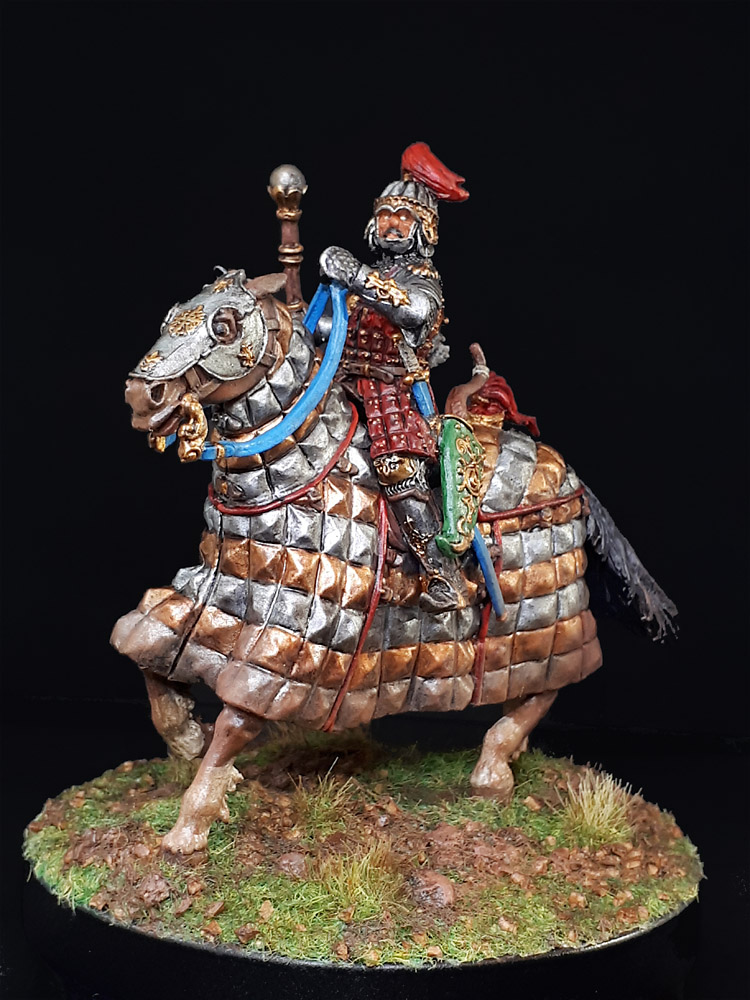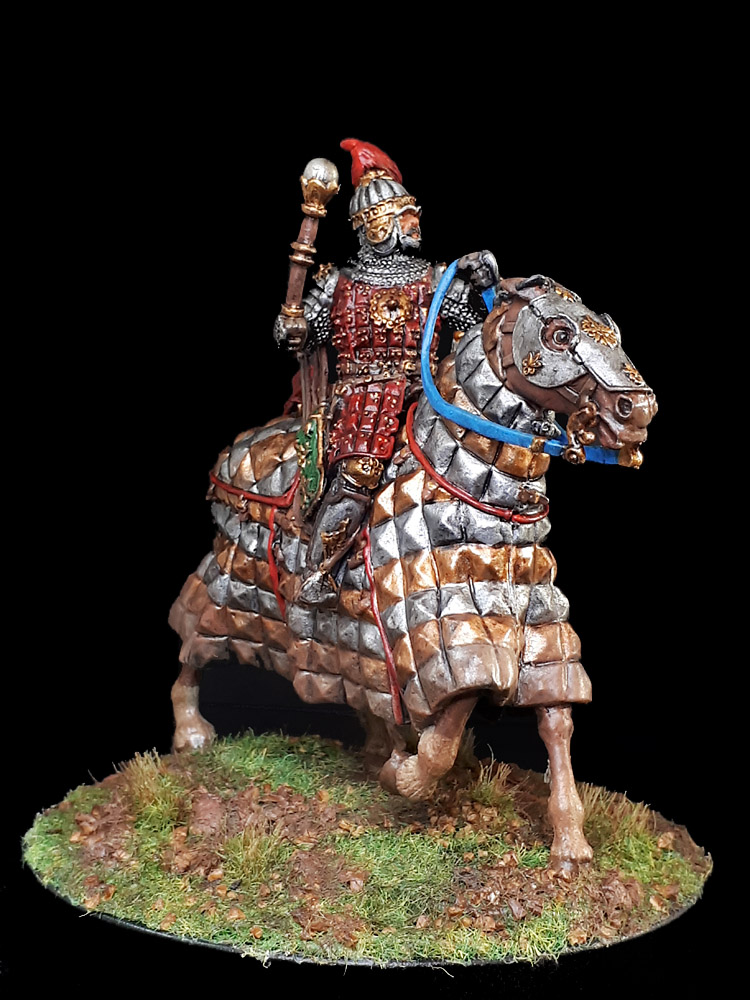
The Golden Horde were a group of settled Mongols who ruled over Russia, Ukraine, Kazakhstan, Moldova, and the Caucasus from the 1240s until 1502. The Golden Horde was established by Batu Khan, a grandson of Genghis Khan, and subsequently a part of the Mongol Empire before its inevitable fall. The Golden Horde’s name “Altan Ordu,” may have come from the yellow tents used by the rulers, but nobody is sure about the origin.
The Golden Horde’s justice system made life less violent and dangerous than before in medieval Eastern Europe. The Mongols took regular census counts and required regular tax payments, but otherwise left the people to their own devices so long as they did not try to rebel.

Tamerlane (Timur) the founder of the Timurid Empire of Central Asia dealt the Golden Horde a crushing blow in 1395 through 1396, when he destroyed their army, looted their cities and appointed his own khan.
The Golden Horde stumbled on until 1480, but it was never the great power it had been after Timur’s invasion. In that year, Ivan III drove the Golden Horde from Moscow and established the nation of Russia. Remnants of the horde attacked the Grand Duchy of Lithuania and the Kingdom of Poland between 1487 and 1491 but were soundly thrashed.
The final blow came in 1502 when the Crimean Khanate a Turkic state—with Ottoman patronage—sacked the Golden Horde’s capital at Sarai. After 250 years, the Golden Horde of the Mongols was no more.
